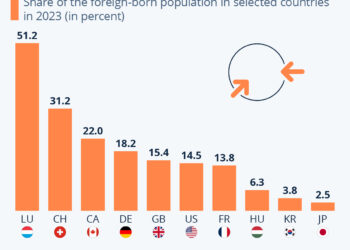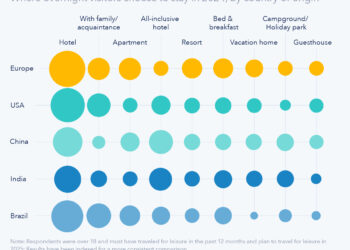Understanding the European Defense Industry Landscape
In recent months, the European defense industry has garnered attention, especially following significant geopolitical shifts. As nations grapple with escalating tensions and the aftermath of conflicts, the call for increased defense spending has become paramount. This article delves into the dynamics of the European defense sector, particularly in the context of the “ReArm Europe” plan proposed by European Commission President Ursula von der Leyen.
The ReArm Europe Initiative
The "ReArm Europe" initiative stems from a pressing need for heightened military preparedness amidst changing political landscapes. With the United States suspending military aid to Ukraine, European leaders have recognized the urgency to bolster their defense capabilities. Von der Leyen’s plan emphasizes an increase in defense spending, signaling a shift towards self-reliance for European nations in securing their military needs.
Stock Market Reactions to Increased Defense Spending
The announcement of the ReArm Europe plan has not only strategic implications but also considerable economic ramifications. Following the news from Brussels, there was a noticeable spike in share prices of European arms manufacturers. This rapid rise indicates market optimism about future contracts and revenue streams within the defense sector. It demonstrates how political decisions directly influence market behavior, particularly in industries tightly linked to national security.
The Role of the Stockholm International Peace Research Institute (SIPRI)
The Stockholm International Peace Research Institute (SIPRI) plays a crucial role in analyzing global military spending and arms sales. SIPRI’s assessment of the top 100 weapons companies worldwide reveals stark realities about the defense industry. The patterns of revenue generation in the industry are striking, especially in the context of ongoing conflict and military engagements.
Revenue Growth from Global Conflicts
The data indicates that armed conflicts tend to bolster the revenues of weapons manufacturers. For example, after Russia’s invasion of Ukraine in 2022, the two major arms companies in Russia saw their revenues surge by 40%, totaling a staggering $25.5 billion. This trend underscores the correlation between global conflicts and increased arms sales, where those engaged in warfare often see substantial financial gains.
European Defense Spending: A Comparative Analysis
While the European defense industry boasts a significant total revenue—$133 billion from the top 100 arms companies—growth during the past year has been notably low when compared to other regions. As Europe gears up for potential growth due to the ReArm initiative, the industry’s capacity to rapidly scale production will be tested.
Middle Eastern Arms Companies in Focus
The Middle East’s conflict landscape also affects global arms revenue dynamics. Notably, six of the top 100 arms companies are situated in the Middle East, with three of these based in Israel. Following the outbreak of conflict in Gaza, Israel’s defense firms reported a combined arms revenue of $13.6 billion, illustrating how regional tensions have immediate implications for market performance.
Global Arms Market Overview
In 2023, the collective revenue from sales of arms and military services reached $632 billion, marking an increase of 4.2% compared to 2022. The United States remains the dominant player in the arms market, housing 41 companies within the top 100 and generating an impressive $317 billion in revenue. In contrast, Europe, with 27 entries in this elite category, indicates that while the continent may have significant expertise and capability in defense, it faces challenges in matching the growth observed in other regions.
Conclusion: The Path Ahead for European Defense
The shifts in Europe’s defense spending landscape, particularly through strategies like the ReArm plan, signal a vital juncture for the continent. As nations assess their military strategies and production capabilities, the upcoming years will be crucial in determining whether European defense firms can capitalize on emerging opportunities and enhance their competitive position on the global stage.
As the situation continues to evolve, observers of the global defense industry will surely be watching closely to see how these factors unfold and influence not only military readiness but also the broader economic landscape within Europe.






